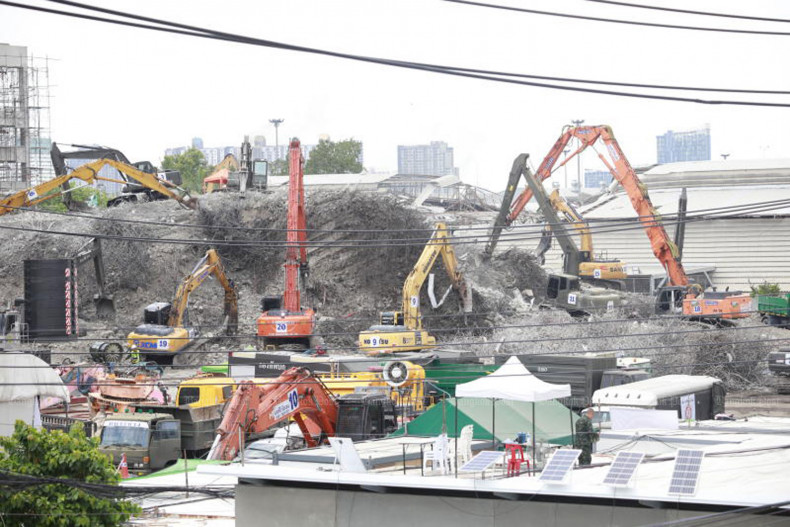SAO Clarifies Decision to Reduce Elevator Shaft Wall Thickness After Building Collapse
The State Audit Office (SAO) has released a statement explaining its decision to reduce the thickness of the elevator shaft walls in its new 30-storey headquarters—an alteration that may have contributed to the building’s collapse during a recent earthquake.

According to the statement, the wall thickness was decreased to comply with interior architectural standards and relevant building codes.
The SAO confirmed that the construction contract was awarded to ITD-CREC, a joint venture between Italian-Thai Development Plc (a SET-listed company) and China Railway No.10 Thailand Co. Supervision of the project was handled by PKW Joint Venture, while the building was designed by a collaboration between Forum Architect Co and Meinhardt (Thailand).
During the construction phase, the contractor identified that the original shaft wall dimensions, when combined with other interior materials, would reduce corridor width and potentially violate a regulation under the Interior Ministry and the Building Control Act.
As a result, the contractor consulted both the construction supervisor and the design team. The designers advised reducing the shaft walls adjacent to corridors from 30cm to 25cm, with reinforced steel added to maintain structural integrity, the SAO said.
This modification was approved by both the supervisor and the designer. The updated plans were returned to the contractor and later received formal approval from the Auditor-General and the State Audit Commission, the statement added.
Justice Minister Tawee Sodsong previously remarked that reducing the shaft wall thickness may have been a factor in the collapse. He noted that investigators are particularly concerned because the SAO shaft walls—at just 25cm thick—are far thinner than the typical 60cm found in comparable structures.
Pol Col Tawee stated that a team of engineers will conduct a full investigation to assess whether the reduction contributed to the failure. The original blueprints will be thoroughly examined as part of the inquiry.
As China Railway No.10 (Thailand), the project’s contractor, is a subsidiary of a Chinese state-owned enterprise, Chinese authorities are also involved in managing the aftermath of the incident.